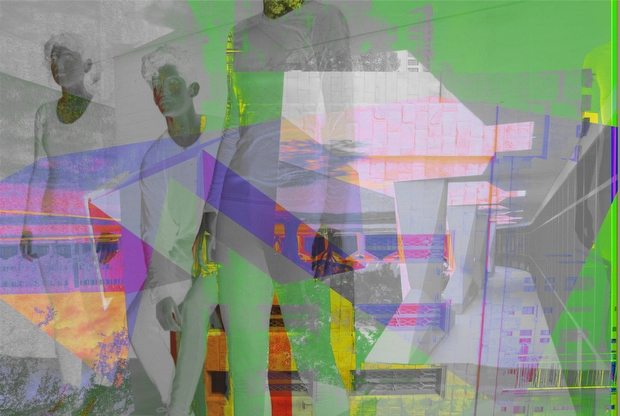Where did the week go? The task asks for a brief commentary, which is good news given the increasing length of my CRJ posts (and everyone’s, by the look of things). I’m very comfortable with the idea of multiple ‘photographies’ shaped by contexts, agents and interests (in the same way that writing can be a device for everyday supplementation of memory through to great literature, and is, like photography, being transformed, displaced or supplemented, by digital technology and automation/AI) – see earlier post here. The Szarkowski and Shore case studies are interesting in understanding the development of the field of photographic practice, and in positioning our own and other work within the field. The Squiers case study is of greater contemporary relevance, and for me most helpful in thinking about the development of my own work. Of the three, it is the only one, I think, that grapples with how to move beyond the aspiration for a unified language whilst maintaining the possibility of fruitful dialogue between photographic forms (and other forms of art practice).
I’m working on three levels for my project: (i) using photographs by others to understand their lifeworlds, (ii) collaborating with groups to create images for advocacy, (iii) producing my own multi-modal response to situations. I’ve been thinking about what it is that I am actually producing in doing this work. For (i) I am producing a methodology (a way of working with participants and their images). For (ii) I am producing images and a strategy for their deployment. For (iii), my focus for this module, I think I am producing artefacts, and seeking to bring together different media. This resonates with the stress placed in this case study of the materiality of photographs. Digital images are just a step on the way in the work I am doing. Thinking about questions of change (in places and environments) and multiplicity of experiences of and relationships to this, the kind of layering that Welling is doing in his Multichannel Works series is interesting.

Placing stress on materiality supplements, rather than erases, other forms of photographic practice (earlier forms, and contemporary and emerging digital forms). King (quoted in the presentation) is right that the exhibition is partial in addressing the question of ‘what is a photograph?’, but wrong, in my view, to expect an answer to the question. The exhibition leaves the question open (in its partiality) and invites responses that can maintain the dialogue and enhance the dynamism of the field of photographic practice. My own expectation is that an exhibition should not promise or offer closure, but should offer us more, not less, to think about, engage with and to be excited by.
Anything new to add? Maybe recognition of the utility of a more sociological perspective on photographic practice (see CRJ post here – contains a few sentences which, I think, address Johnson’s and King’s issue about what they perceive as a backward looking tendency in Squiers’ exhibition) and non-western perspectives on photographic image making (see CRJ post here ). And always to keep in mind ‘what is theory for?’ alongside asking ‘what is photography for?’.
